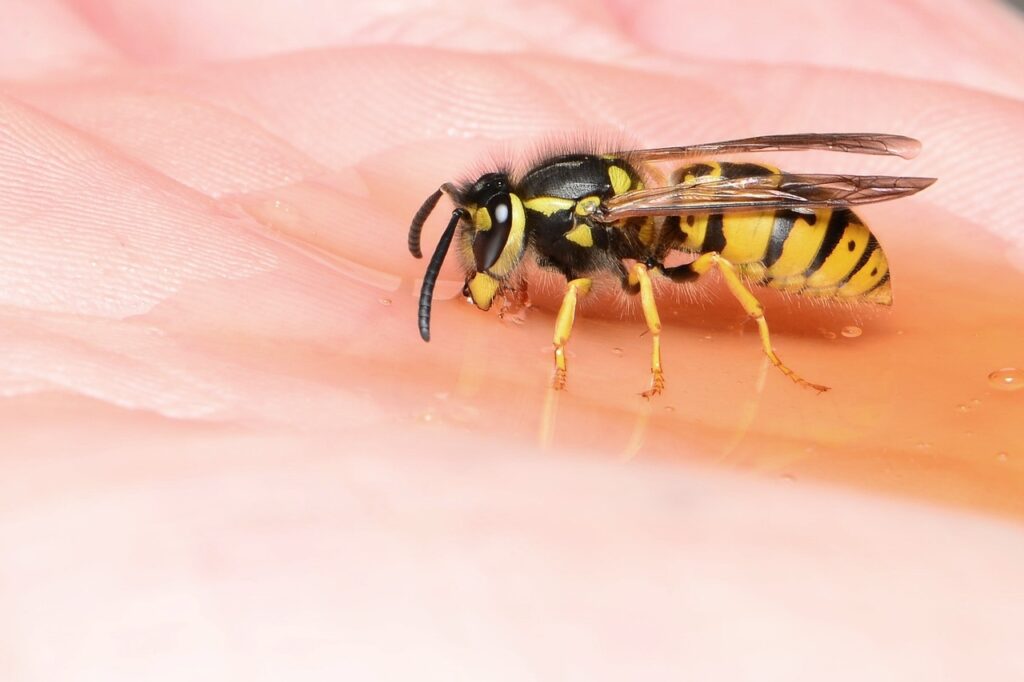What is a bee?
A quick checklist to answer this question:
☑ it is an insect
☑ it has wings
☑ it’s the best pollinator in town


Answers that apply to some bees but not all:
☑ it lives in a hive
☑ it is part of a colony
☑ it makes honey
☑ it has a sting
All of the above applies to western honey bees, who are the focus of the Actual Honey blog, but there are many types of bee, with well over 250 species in the UK alone. Some are social, like the honey bee and most kinds of bumblebee, but the majority are solitary bees who do not form colonies. It’s important to know that each and every type has its own strengths and special role to play in supporting Earth’s ecosystem.
All bees make the valuable contribution of pollinating plants because they all consume pollen and nectar. When bees travel from plant to plant in search of food, pollen sticks to their bodies and transfers onto other plants. That’s right, they directly facilitate plant reproduction!

What that means from a human perspective is that anyone who eats food benefits from the work of bees. Bees stock our kitchens with fruits, vegetables, nuts, seeds, herbs, spices and coffee. They help to grow the food that farm animals eat, which means bees are responsible for providing our meat and dairy products too. Their reach doesn’t end with food. One example is that they support the growth of cotton plants. Another example of what bees provide is the air we breathe! Thriving plants means better air quality. And, of course, in the case of honey bees, they make delicious honey for us.
However, honey bees are less effective at the task of pollination than other types of bee. For example, bumblebees are able to ‘buzz pollinate’ which means they can grip plants and vibrate to shake more pollen from the plant, increasing the amount they distribute. Other types of bee are specialists essential to the survival of specific plants, such as the carpenter bee’s necessity to the Orpheum flower.
So, while all bees have their fundamental bee characteristics, each type of bee has unique qualities that make them individually fascinating, precious to our planet and worthy of protection.